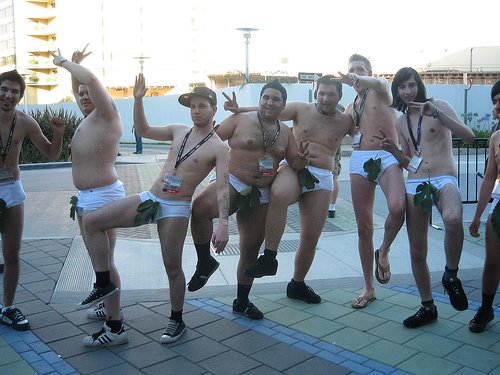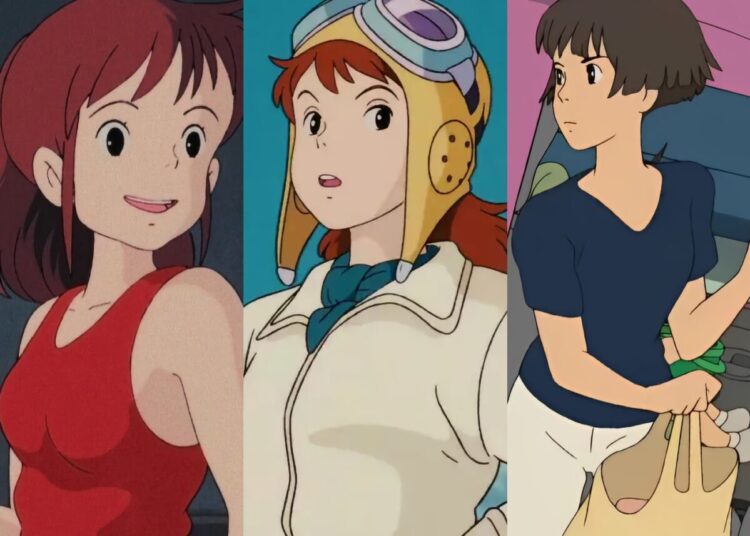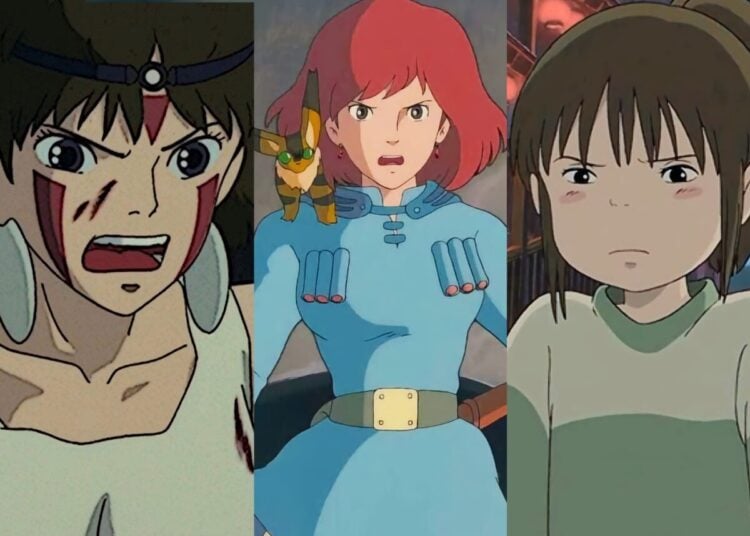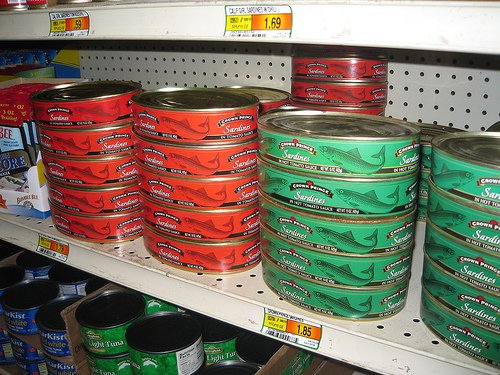We’re quite a Mazda family around here, with a Miata in San Diego, a Miata (or “Roadster,” which Japanese think means “road star”) in Japan, an MPV, and two previously owned Mazda vehicles. I like the engineering and the design, and I like their underdog status compared with Toyota and Honda — they work harder since the Mazda brand is less famous. I especially love the two-seater Miata, the most excellent “open car” ever made, and I just got back from a wild run through desert roads around San Diego. It was a little odd, driving Initial D-style with the sandy color of California around me instead of the greener shades of Japan that I’m used to. It was great fun, but now I’m all sunburned (ouch).
Everyone is familiar with Japanese sake (酒, pronounced SAH-kay, never “saki”), or rice wine, the alcohol made from distilled rice, also known as “spring water” to Yamato/Star Blazers fans. Sake has been made for millennia, from 6000 years ago in China and 2000 years in Japan, and is one of the world’s oldest fermented beverages. I like to drink hot sake, called atsukan, and I have many fond memories of drinking sake we heated with a camping stove, surrounded by friends while sitting under the cherry blossoms. As with wine in the West, sake has always been associated with religious ceremonies, and when we built our J-List office, a Shinto priest came out to purify the ground with sake and salt to ensure that we would have good luck in the future. One of the most famous brands of sake is Shochikubai, a word that literally means “pine, bamboo, plum” and which refers to three levels of achievement, like the belt colors in martial arts. Because it’s widely available internationally, Shochikubai sake is often the first (and sometimes the last) sake that many people try, but truth be told, it’s reputation among sake drinkers in Japan is not high — consider it the “Bud” of sake, if not the “Milwaukee’s Best.” The J-List staff in Japan recommends that you try a brand called Koshino Kanpai or Shira-Yuki if you’re going to sample some excellent quality sake.
I’ve always been fascinated with onomatopoeia in Japanese, with the differences in how “sound words” work between Japanese and English. Animal noises like “woof woof” (in Japanese: wan wan) are different, of course, but the mechamisms are the same, as with other words, like “twinkle twinkle” (kira kira) or “drip drop” (potsun potsun). The Japanese also assign sounds to odd actions, which we would never think of creating. The “sound” of eyes looking left and right is kyoro kyoro, and this term is applied to a guy who is being unfaithful to his girlfriend by looking at other girls. The sound of snow falling has a sound word, too, shin shin (“sheen sheen”) which summons up pleasant images of whiteness outside a frosty window. There is a “sound of silence” in Japanese, too, which is shiiin (“sheen,” with a lengthened vowel). When someone makes a joke that isn’t funny, it’s common for someone to crack wise by saying “Shiiin!” to highlight the lack of laughter from the first person’s joke. It takes time to get used to concepts such as these, but it’s all part of the wonderful mystery that is Japan.
J-List strives to bring you rare and unique products from Japan. One of our favorite products are the highly detailed miniature toys by Re-Ment, which recreate in fantastic detail famous foods from around the world, household items, home electronics, you name it. Re-Ment has made a cool new toy series that brings you the most famous Japanese foods recreated for you in perfect miniature, with the Washoku (“Japanese food”) series that we have in stock today! (full sets are in stock)
Then, another special item for Ghibli fans from Japan: ceramic Ghibli planters for your garden, which you can place your favorite plants inside for a really amazing blending of Miyazaki’s organic creations and your living plants. We’ve got a Totoro planter and a cool one featuring Jiji from Kiki’s Delivery Service on the site for you now.
















